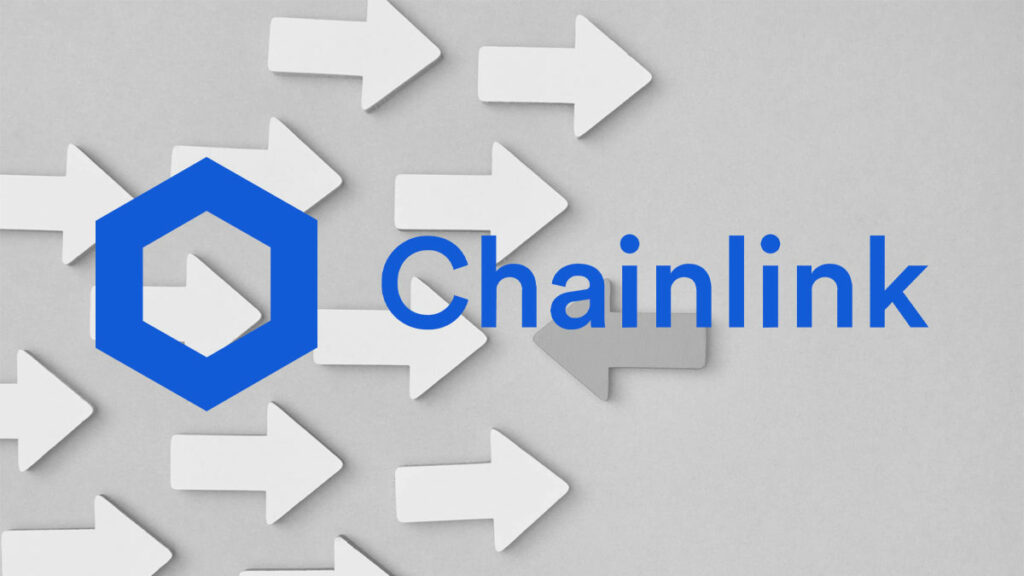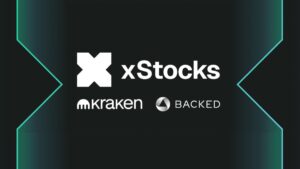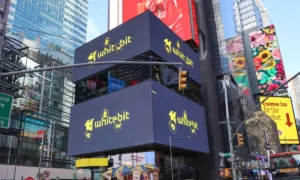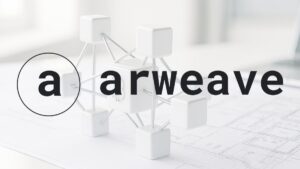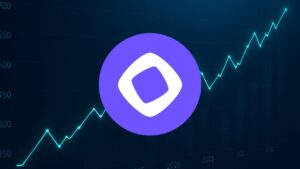TL;DR
- Streamlined Cross-Chain Payments: Chainlink’s new Payment Abstraction lets users pay with various tokens that automatically convert to LINK via CCIP, Automation, Price Feeds, and a DEX.
- Sustainable Fee Recapture: The system targets Smart Value Recapture (SVR) fees from DeFi apps—splitting the fees between the app and the blockchain—to support a robust, self-sustaining economic model.
- Boosting Network Efficiency: By consolidating rewards for node operators and stakers across 40+ blockchains, Payment Abstraction reduces transaction costs and enhances liquidity for a more accessible ecosystem.
Chainlink has officially launched Payment Abstraction, a revolutionary cross-chain payment system designed to eliminate friction in blockchain transactions. This new framework enables users to pay for Chainlink services using alternative assets, which are then automatically converted into LINK through a combination of Chainlink Automation, Price Feeds, CCIP, and decentralized exchanges.
We’re excited to announce Chainlink Payment Abstraction is officially live on mainnet, enabling user fees to be converted into LINK.
Network fees generated from Chainlink SVR—including @aave's usage of SVR—will now be converted to LINK.
— Chainlink (@chainlink) March 31, 2025
The first implementation of Payment Abstraction focuses on Smart Value Recapture (SVR) fees, an Oracle solution that allows DeFi applications to reclaim non-toxic Maximal Extractable Value (MEV) generated from their use of Chainlink Data Feeds. These recaptured fees are split between the integrating DeFi applications and the Chainlink Network, ensuring a sustainable economic model for Oracle services.
How Payment Abstraction Works
The system operates through a four-step conversion process:
- Users pay fees in various tokens across different blockchains supported by Chainlink.
- Fees are consolidated onto a single blockchain (Ethereum) using Chainlink’s Cross-Chain Interoperability Protocol (CCIP).
- Tokens are converted into LINK using Chainlink Automation, Price Feeds, and a decentralized exchange (Uniswap V3).
- The converted LINK is deposited into a dedicated smart contract for withdrawal by Chainlink Network service providers.
This streamlined approach ensures that users can interact with the blockchain services without needing to hold LINK directly, making payments more accessible and efficient.
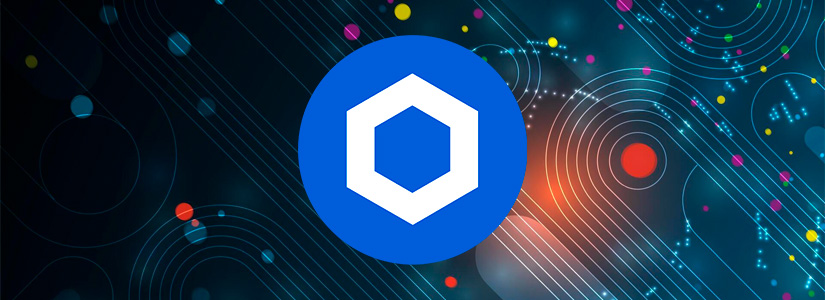
Strengthening Chainlink’s Economic Model
A key aspect of Payment Abstraction is its role in enhancing the network’s staking ecosystem. Initially, SVR fees will be used to cover existing Oracle rewards for node operators, supporting the network’s long-term sustainability.
Over time, these fees will transition to LINK stakers, including both node operators and community stakers, further reinforcing the blockchain’s crypto-economic security. Additionally, the network plans to consolidate node operator rewards across 40+ blockchains onto a single network, starting with CCIP.
This will reduce transaction costs and simplify the reward process for service providers, making the protocol’s infrastructure more efficient.
The Future of Cross-Chain Payments
With Payment Abstraction now live, the blockchain is setting a new standard for seamless blockchain payments. By eliminating the need for users to manually convert assets, this system enhances accessibility, improves liquidity, and strengthens the overall sustainability of the Chainlink Network.


